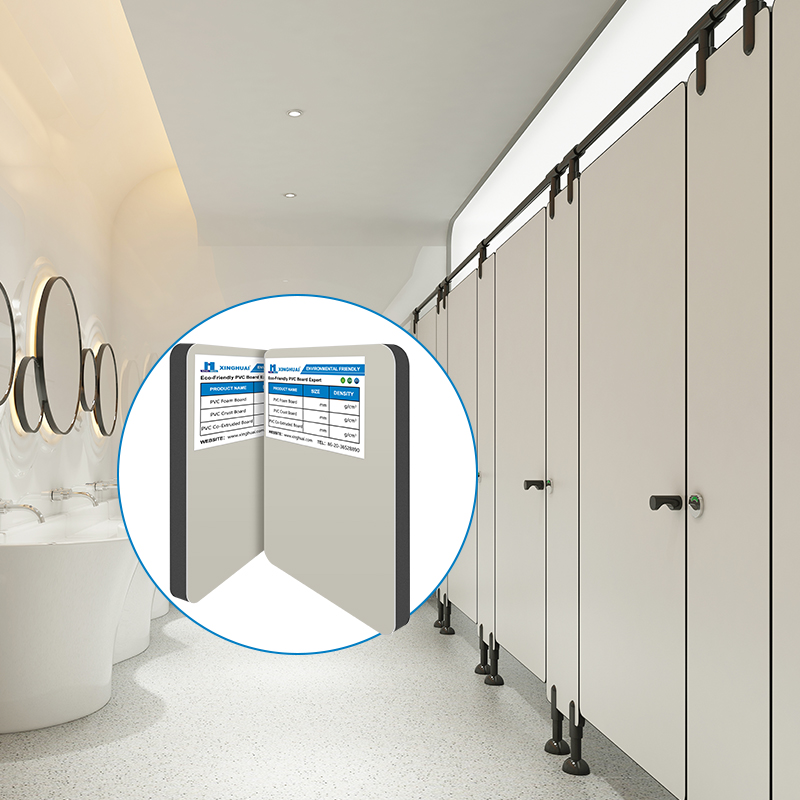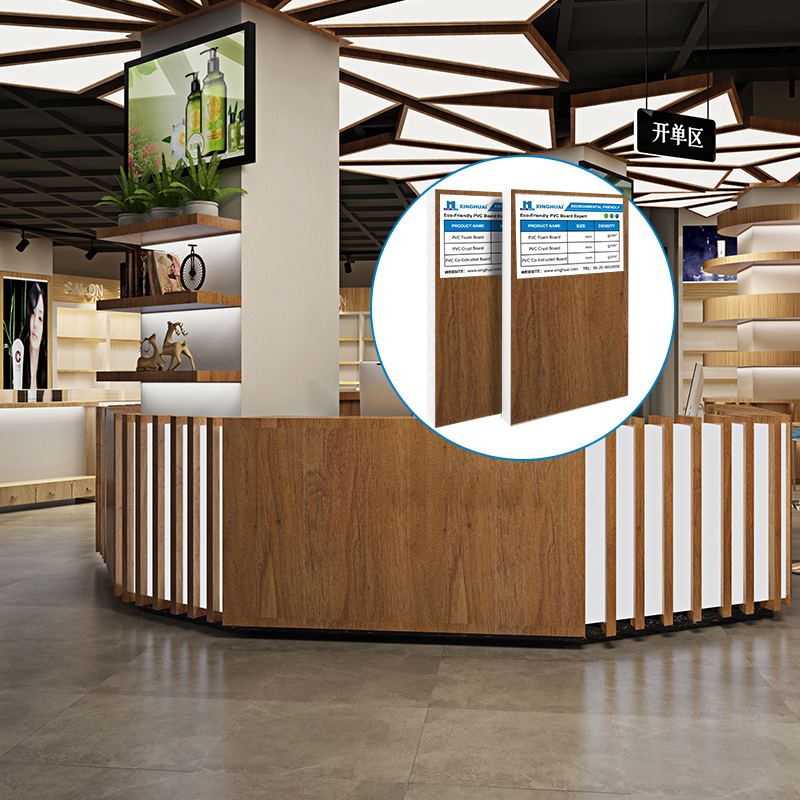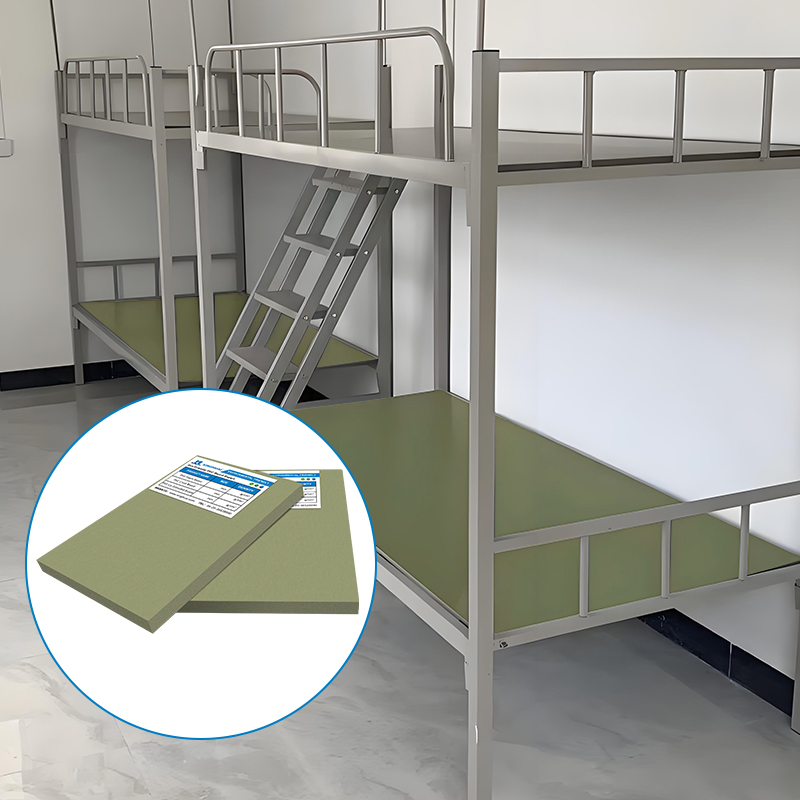How Environmentally Friendly Is PVC Board?
PVC boards, including variants like PVC expanded foam board sheets, PVC plastic foam board, concrete formwork PVC sheets, PVC structural foam, and extruded foam board, are widely used across industries for their durability, versatility, and cost-effectiveness. However, their environmental impact is a topic of growing concern. This article evaluates the environmental friendliness of PVC boards by examining their production, usage, and disposal.
1. What Are PVC Boards?
PVC (polyvinyl chloride) boards are lightweight, rigid plastic sheets manufactured using a blend of PVC resin and other additives. These boards are used in construction, advertising, and furniture due to their properties such as water resistance, chemical stability, and ease of machining.
Common Types:
PVC Expanded Foam Board Sheets: Lightweight, used for signage and display.
PVC Plastic Foam Board: Versatile, with applications in construction and decoration.
Concrete Formwork PVC Sheets: Durable boards used in construction as formwork.
PVC Structural Foam: Designed for heavy-duty structural applications.
Extruded Foam Board: Known for a smoother surface and uniform density.
2. Environmental Impact of PVC Boards
Production Phase
The production of PVC involves the polymerization of vinyl chloride, a process heavily reliant on fossil fuels. Key environmental concerns include:
High Energy Consumption: The manufacturing process requires significant energy inputs, leading to greenhouse gas emissions.
Toxic Emissions: Vinyl chloride monomer (VCM), used in production, is classified as a carcinogen, and its release into the environment can pose risks to human health and ecosystems.
Use of Additives: Stabilizers and plasticizers, often added to improve board properties, can leach into the environment over time.
Usage Phase
PVC boards are highly durable and resistant to environmental factors like moisture and UV radiation. These properties make them resource-efficient during their lifecycle:
Longevity: Their long lifespan reduces the need for frequent replacements, lowering resource consumption.
Low Maintenance: PVC boards require minimal upkeep, which can further reduce environmental strain.
Disposal Phase
The disposal of PVC boards is the most significant environmental challenge:
Non-Biodegradable: PVC does not decompose naturally, contributing to long-term landfill accumulation.
Recycling Challenges: While technically recyclable, PVC boards are often contaminated or mixed with other materials, making recycling economically unfeasible in many regions.
Incineration Risks: Burning PVC releases harmful substances such as dioxins and hydrochloric acid, which are hazardous to health and the environment.
3. Is PVC Board Environmentally Friendly?
The environmental friendliness of PVC boards is a nuanced issue. Key advantages include their durability and efficiency in resource use during their functional lifespan. However, significant drawbacks arise from their production and disposal:
Advantages: Resource-efficient, durable, and versatile.
Disadvantages: High carbon footprint in production, non-biodegradability, and toxic emissions upon incineration.
4. Moving Towards Sustainability
Efforts to mitigate the environmental impact of PVC boards focus on innovations in production and waste management:
Sustainable Practices in Production
Adoption of bio-based PVC alternatives or greener additives can reduce the carbon footprint.
Improving energy efficiency in manufacturing processes.
Enhanced Recycling Initiatives
Developing advanced recycling technologies to handle mixed or contaminated PVC waste.
Promoting closed-loop recycling systems to minimize waste.
Alternatives to PVC Boards
Exploring eco-friendly materials like wood-plastic composites, recycled plastic boards, or biodegradable options for specific applications.
Conclusion
While PVC boards, including PVC expanded foam board sheets and PVC structural foam, offer undeniable utility and durability, their environmental footprint remains a concern. For industries and consumers aiming to reduce their ecological impact, embracing sustainable practices, enhancing recycling, and considering alternative materials are crucial steps. With ongoing advancements, the PVC industry has the potential to become more environmentally friendly, aligning with global sustainability goals.




